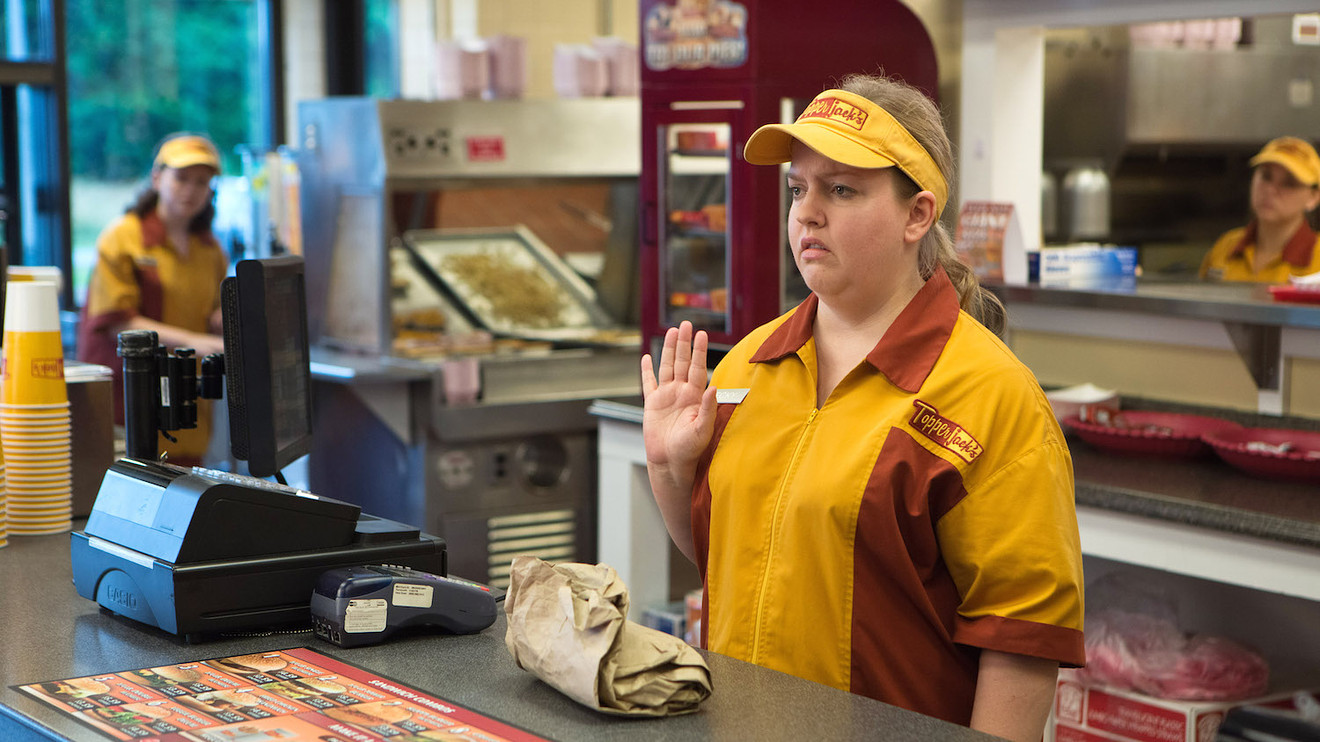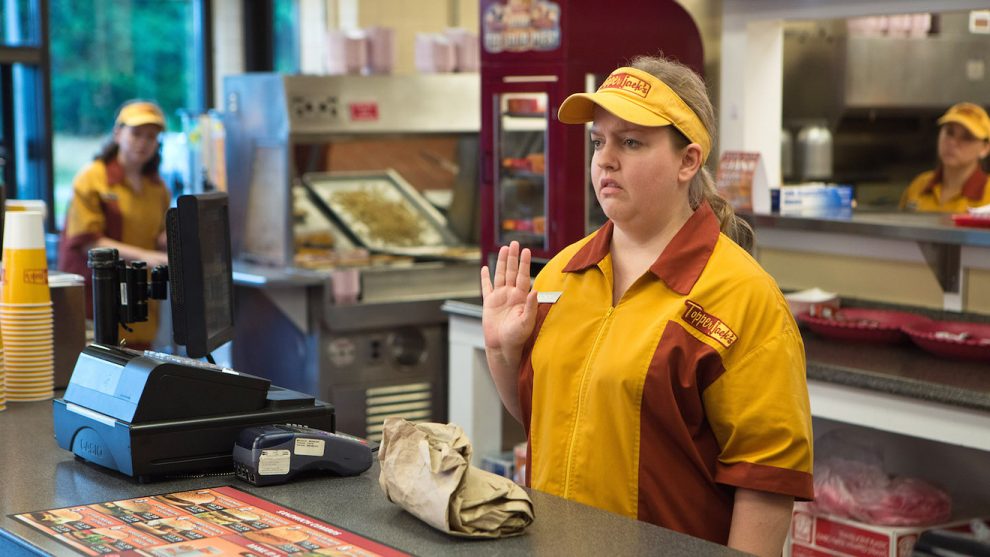
As recently as early February 2020 B.C. (Before Coronavirus), President Donald Trump told us “our economy is the best it has ever been.” That line came in his Feb. 4 State of the Union address, in which he mentioned “jobs” 10 times and how great everything was.
“Jobs are booming,” he said.
“We have created seven million new jobs.”
“Last year, women filled 72% of all new jobs added.”
And so on.
Lots of lousy jobs
But the underlying reality was never as lustrous as we were led to believe. In sheer numbers, job growth had indeed been solid for a decade — here is the month-by-month data going back 10 years— yet this obscured the fact that tens of millions of these jobs weren’t very good to begin with.
Last November, before anyone had heard of the coronavirus, a Brookings Institution study found that “53 million Americans between the ages of 18 to 64 — accounting for 44% of all workers — qualify as ‘low-wage.’ Their median hourly wages are $10.22, and median annual earnings are about $18,000.” Median means that half of these jobs — half — paid even less than that.
Related story: Coronavirus layoffs hitting the poorest hardest, Fed study says
Further evidence of this squalor is provided by Cornell University’s private sector job quality Index (JQI), which “assesses job quality in the United States by measuring desirable higher-wage/higher-hour jobs versus lower-wage/lower-hour jobs.” It focuses on workers that are engaged in production and non-supervisory jobs — a universe of about 100 million workers, roughly 62% of the U.S. workforce.
“What you see from 1990 to just before the COVID crisis,” says economist Jeffrey Ferry, one of the JQI’s researchers, “is that the U.S. created millions of jobs. But when you look at the quality of those jobs, you see a persistent shift towards lower-paying jobs.”
Bipartisan failure
In fairness to President Trump, since we’re talking about the bulk of the gargantuan U.S. labor force here, it’s reasonable to say that this isn’t so much a Trump problem as it is a long-term secular decline in job quality that spans both Republican and Democratic administrations, and Republican and Democratic-dominated Congresses.
Both parties always pay lip service to creating good-paying jobs, but based on this data, it’s obvious that neither has done a very good job of doing so.
Again, all of this describes our situation pre-pandemic. It was bad then, and worse now. If there’s a silver lining to be found today, I believe it is this: This terrible virus has swept away illusions, and whatever degree of false confidence and complacency we may have had just a few weeks ago.
When President Trump crowed about “jobs, jobs, jobs,” he nailed it — because millions of Americans had to work several “jobs jobs jobs” just to keep afloat. For 33 million, God help them if they got sick, because their employer sure wouldn’t: That’s the number of workers in this country who, the Labor Department says, lacked paid sick leave. But now those “jobs, jobs, jobs” are gone.
And when unemployment fell to 3.5% last year, we heard it was the “lowest since 1969.” Statistically, that was true, but the implication that it meant security and prosperity? Nothing but an illusion.
Missing pensions, health insurance
When unemployment hit 3.5% in 1969—the year we first landed on the moon—the vast majority of Americans working in the private sector had a defined pension plan. Today, only about 15% do. Anyone who believes that Americans are more secure and better off than 1969, well, then perhaps you believe that the moon is made of green cheese.
Even before the pandemic the number of Americans who were losing health insurance was growing by the millions. Even before this pandemic, one in nine American households were “food insecure,” including one in seven children.
Even before this pandemic, nearly half of American households over the age of 55 had no retirement savings. Golden years? I don’t think so.
If the 20th Century was the American Century, the 21st — now one-fifth in the rear-view mirror — has been anything but. Two wars, two devastating recessions. A wealth gap, race gap, education gap.
We can’t agree on basic facts and we keep sending politicians to Washington who can barely speak with each other, let alone fix our growing problems. This is our fault: We’re the ones who elect them.
This is a clarifying moment. We should stop pretending that when — if — we find a cure to coronavirus, that everything will be “great” again. It wasn’t so hot to begin with.




